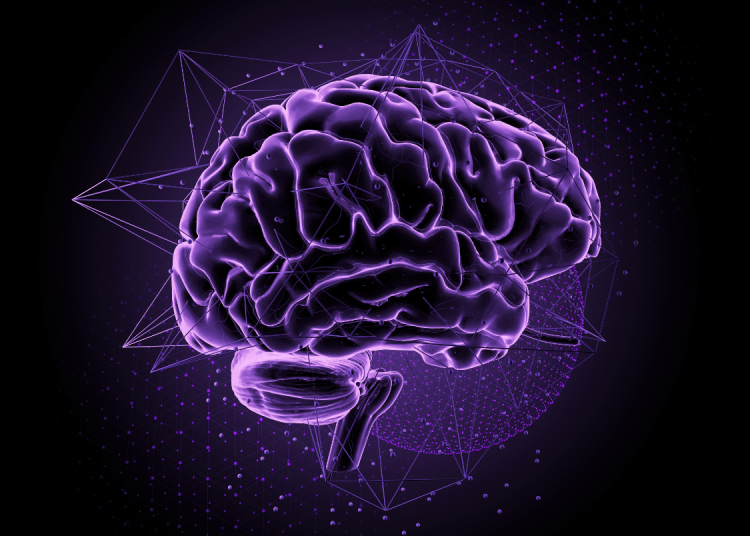Have you ever wondered why you choose one product over another, even when they seem very similar? The answer lies in the mysterious workings of your subconscious mind. Neuromarketing is a fascinating field that helps us understand how our brains make decisions when it comes to buying things. In this article, we’ll take a journey into the world of neuromarketing and explore how it helps brands connect with consumers on a deeper level.
Understanding the Subconscious Mind
Your brain is like an iceberg – there’s much more beneath the surface than what you see on the top. The conscious mind is what you’re aware of, like your thoughts and decisions. But beneath that lies the subconscious mind, where emotions, memories, and instincts reside. It’s like a powerful engine that drives your actions without you even realizing it.
Neuromarketing: A Peek Inside the Brain
1. The Power of Emotions
Ever felt a sudden urge to buy something, even though you didn’t really need it? That’s your emotions at play. Neuromarketing shows us that emotions often guide our purchasing decisions more than logic. For example, a heartwarming advertisement may make you feel a connection to a product, even if you didn’t plan on buying it.
Cadbury, a beloved brand in India, masterfully uses emotional appeals. Their ads often depict heartwarming moments centered around family and celebration. By associating joy and togetherness with their chocolates, Cadbury has become a staple in Indian households.
2. Colors and Design
Have you ever noticed how certain colors make you feel a certain way? That’s no accident. Companies use specific colors and designs to trigger emotions. For instance, light blues and greens might be used to create a soothing atmosphere in a spa, while bold reds and yellows might grab your attention in a fast-food restaurant.
3. The Science of Storytelling

Our brains love stories. When we hear a compelling narrative, it triggers a rush of chemicals in our brains that make us feel more connected and engaged. Neuromarketing experts use storytelling techniques to create advertisements and content that resonate with our subconscious desires.
4. Trust and Familiarity
The familiar is comfortable to our brains. That’s why big brands like Coca-Cola or McDonald’s invest so much in creating recognizable logos and jingles. When we see something familiar, it triggers a sense of trust and comfort, making us more likely to choose that brand over others.
5. The Influence of Social Proof
Ever felt persuaded to try something because everyone else seemed to be doing it? That’s the power of social proof. Neuromarketing teaches us that when we see others enjoying a product, it activates a part of our brain that makes us want to join in on the fun.
6. The Scarcity Effect
Ever noticed how limited-time offers or phrases like “Only 5 left!” grab your attention? Neuromarketing reveals that our brains are wired to value things that seem scarce or exclusive. It creates a sense of urgency, encouraging us to make a decision quickly.
7. Nudging Behavior
Neuromarketing also shows us that small changes in how choices are presented can have a big impact. For example, changing the way options are displayed on a menu can influence what people choose to order.
The Power of Understanding the Subconscious Mind
Neuromarketing is like a secret decoder for understanding why we make the choices we do. By tapping into the subconscious mind, businesses can create advertisements, products, and experiences that truly resonate with consumers. Remember, while our conscious mind may think it’s in control, it’s often our subconscious that’s driving the show. So, the next time you find yourself drawn to a product, know that there’s a lot more going on beneath the surface that meets the eye.

















